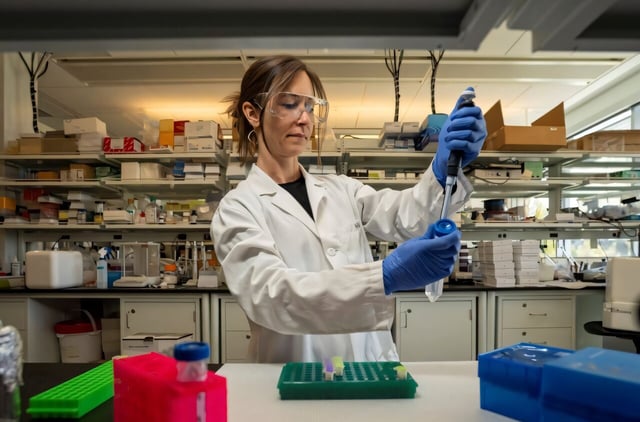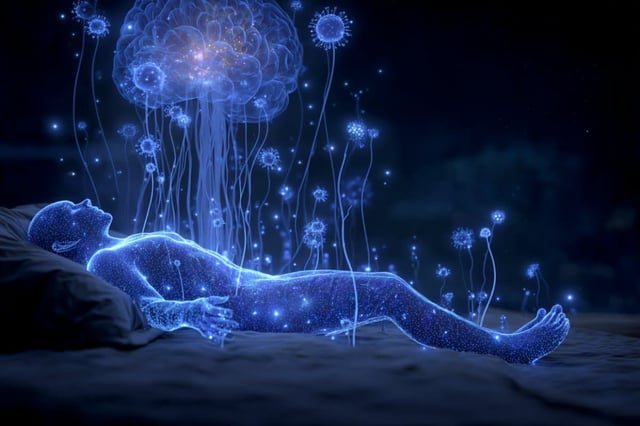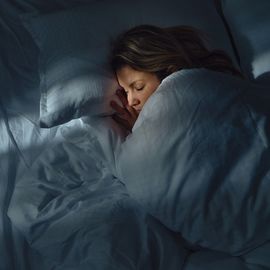Overview
- Washington State University researchers detected bacterial peptidoglycan across mouse brain regions, with levels aligning to the rest–wake cycle and reaching a daily low at ZT12.
- Regional differences were pronounced, with the highest peptidoglycan levels in the brainstem and lower levels in the olfactory bulb, hypothalamus, and cortex.
- After 3 hours of sleep disruption, peptidoglycan increased in the somatosensory cortex but decreased in the brainstem and hypothalamus.
- After 6 hours of sleep loss, peptidoglycan levels rose in the brainstem and olfactory bulb compared with controls, and RNA-seq showed sleep-loss changes in PG-linked genes such as Pglyrp1 and Nfil3.
- The research was published in Frontiers in Neuroscience alongside a Sleep Medicine Reviews paper outlining the 'holobiont condition' hypothesis, and the authors note mechanisms and human relevance remain to be established.


